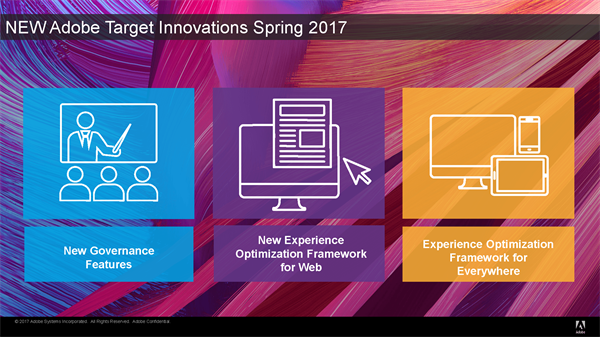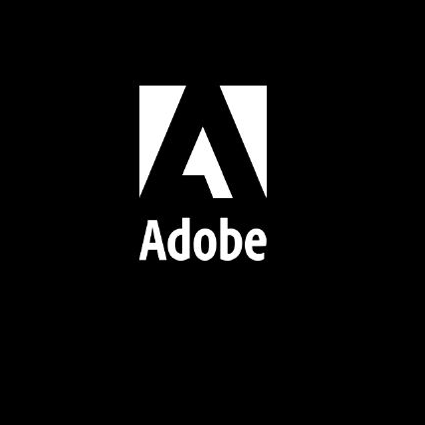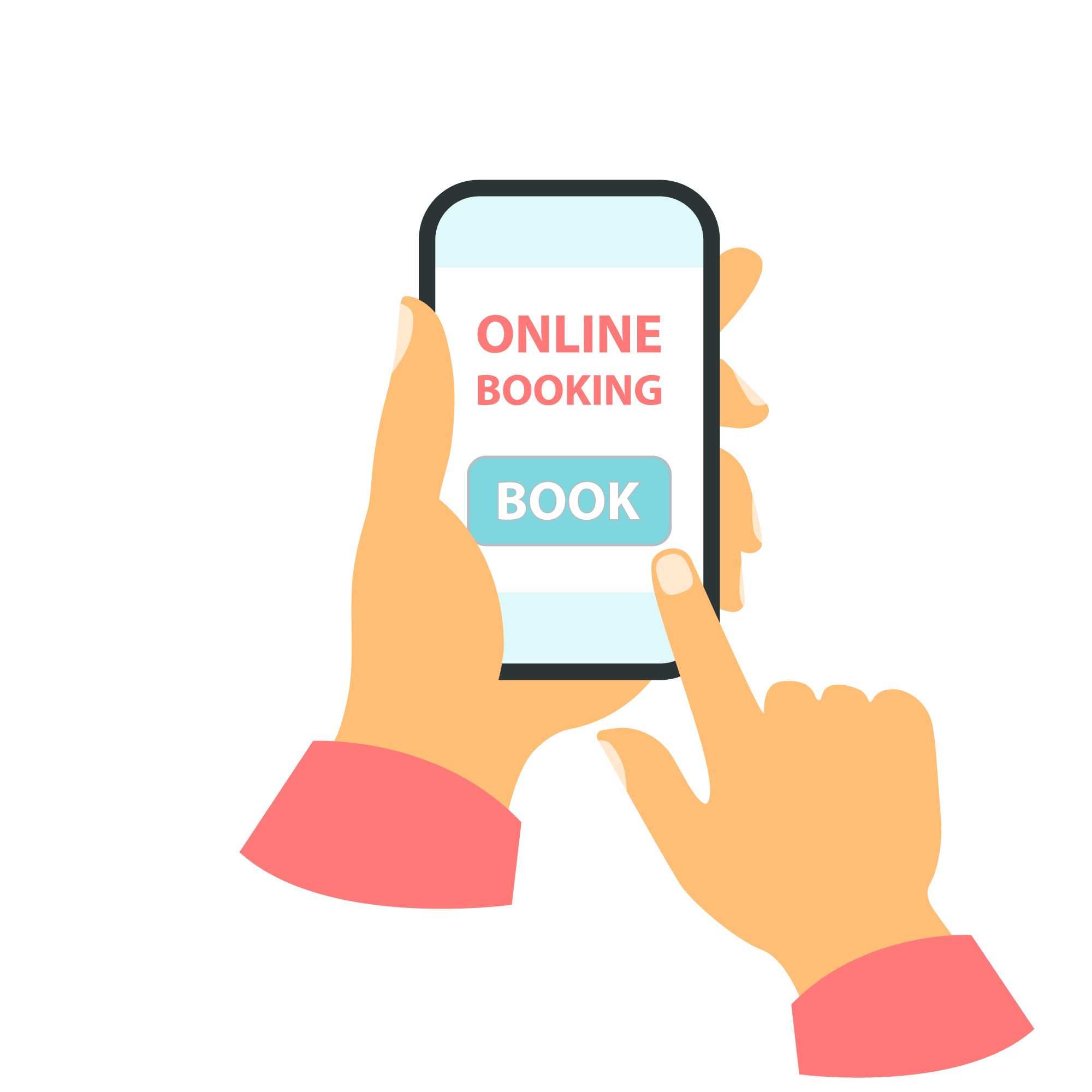Website Magazine Exclusive: Adobe Target Turns Back Page on Framework

While there would undoubtedly be wildly different answers for everyone, a common theme would likely be better technology to better support the modern Web and the expectations digitally savvy end-users bring. Adobe Target had that very luxury - and it came up with the new Adobe Target Experience Optimization Framework for Web, one of three announcements offered to Website Magazine readers exclusively.

We will go over each in more detail, but for the unfamiliar, Adobe Target is the piece of technology in Adobe Marketing Cloud that is responsible for the optimization of experiences - the engine that helps deliver relevance to what visitors see when they visit a site or interact with a brand on another touchpoint. Adobe Target empowers the company itself to make recommendations, test different elements, personalize offers or calls-to-action (CTAs) and set rules for what content is delivered to whom.
These types of personalization elements can pay off. Consumers have - for years - known their data is being used by retailers, in particular, but for that information exchange they expect to get something in return like access to exclusive deals (64 percent), automatic crediting for coupons and loyalty points (64 percent), a one-time discount (61 percent) or special offers (61 percent) according to an Accenture survey. In a separate interview recently with Chris Krammer, partner and global managing director of Accenture, he said that clients are less loyal in years past; it's easier to switch from one provider to another brand. Service, he said, is key for the client relationship.
Service comes in many fashions including delivering contextual experiences (what a person sees is based on actions they have taken in the past, their demographics, their buying power, their likelihood to buy certain products and the list goes on). Companies are still lagging in their personalization efforts though - only 17 percent of online retailers have a path to develop personalized experiences for customers despite having the technology to do so. Not only is that behind-the-curve operational disfunction a current problem, but it will become a larger issue considering the many different touchpoints people now access a brand on and their increasing expectations for a brand to remember them as they jump from their desktop computers, to their wearable device, to their smartphone, to a nearby brick-and-mortar shop and to anything in their home that is connected to the Internet.
This is where we get back to Adobe's new framework, which does some of the forward thinking for its customers - a framework, according to Jason Hickey of Adobe Target, that connects to the Web, app and everywhere. The idea was born from the realization that to fully address the Web of today - the modern Web as previously described - Adobe Target needed a fresh start (a 'page one' drawing of what the product would look like today).
As Adobe Target maintained the old single-line-of-code framework, it began creating its replacement in parallel - the Experience Optimization Framework for Web, AT.js, an implementation framework that's ready today and 'future proofed' for emerging trends according to spokespersons (with many Adobe Target customers already using it).
The new Experience Optimization Framework for Web enables marketers to:
- Provide better customer experiences with responsive delivery via single-page application (SPA) extensions
- Get extra IT control for data validation
- Eliminate delays in display
- APIs designed to extend the Experience Optimization framework to IoT devices: ATMs, in-store kiosks, gaming consoles, smart displays and more
- Embed targeting directly into the DNA of a website to collect additional data and conduct more complex experimentation via server-side testing
The third announcement is about governance, which comes from Adobe Target spending a lot of time talking to its customers, meeting with them and conducting quarterly business reviews to understand what are the barriers for entry for any technology.
"What we often found, was we're dealing with highly matrixed organizations," said Hickey.
For instance, there may be an app team that is different than the website team or a men's apparel team that is different from the women's apparel team - yet they all want to be able to learn, test and personalize the digital experiences they are independently offering. Adobe Target has offered everyone from professional Web developers all the way to the non-technical marketer a way to change colors and copy and test the entire company journey, but there needed to be a better way to govern this. The new Adobe Target Governance for Scale creates "properties" for individuals or departments for single pages or hundreds of thousands of pages or for certain business verticals or business lines. The idea was to remove all the barriers to entry for testing and optimization but give people only access to what they should have access to.
Those are the three Spring Adobe updates released thus far. With Adobe Summit next week, Hickey and Kevin Lindsay, director of product marketing for Adobe Target (who provided insights on the releases above), promise there's more.

Subscribe to Our Newsletter!
Latest in Software








